Introduction:
When it comes to mechanical components that help transfer rotational power, universal joints (U-joints) play a pivotal role. These joints allow rotary motion to be transmitted at angles, which is essential in various machines, vehicles, and equipment. While traditional U-joints are widely known, the integration of wing bearings into U-joints adds another layer of efficiency and durability, ensuring smoother operation and greater reliability.
In this article, we’ll explore what makes universal joints with wing bearings a crucial component in machinery, and how they help maintain smooth motion under challenging conditions.
What is a Universal Joint?
A universal joint, also called a U-joint or Cardan joint, is a mechanical connection that enables the transfer of rotational motion between two shafts that are not aligned. This allows the connected shafts to rotate at different angles, which is vital in many applications such as automotive driveshafts, industrial machines, and conveyor systems.
U-joints typically consist of a cross-shaped central body with four arms, each attached to a rotating shaft. The central body allows the arms to pivot at varying angles, transmitting rotational power from one shaft to another.
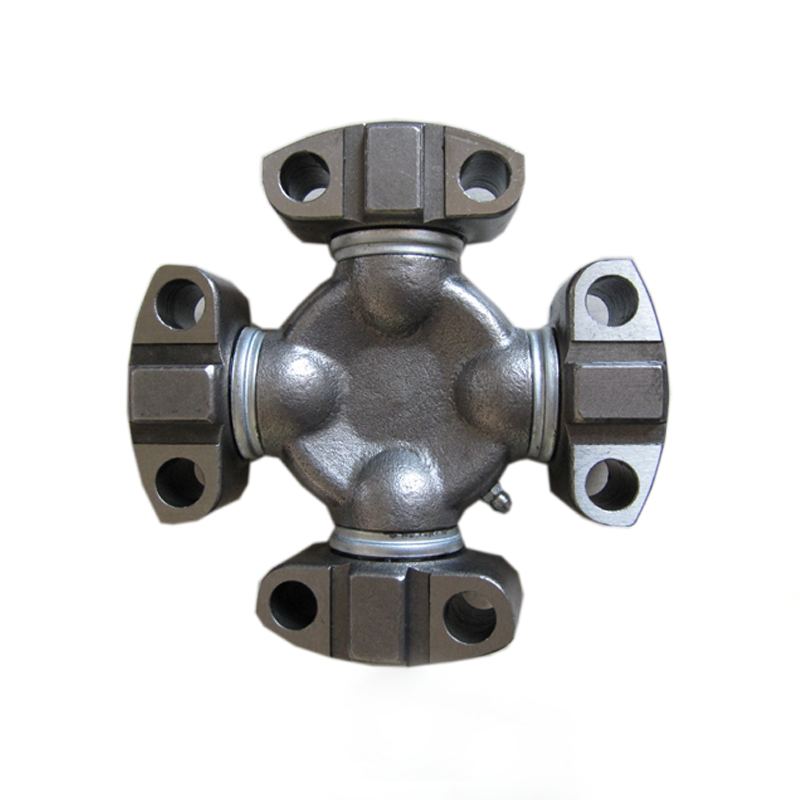
What Are Wing Bearings?
Wing bearings, sometimes referred to as “flanged bearings,” are a specific type of bearing used in U-joints to improve stability and reduce wear. Unlike traditional bearings, wing bearings have extended surfaces (the "wings") that provide extra support, which allows for better load distribution and smoother operation.
These bearings reduce friction between moving parts, which minimizes heat generation and wear. The improved contact surface area also helps to distribute the load more evenly, preventing concentrated pressure points that could lead to premature failure.
How Wing Bearings Improve Universal Joints
Reduced Friction and Wear:
Wing bearings are designed to reduce friction between the moving parts of the U-joint. This significantly lowers the risk of wear and tear, leading to longer service life. By minimizing friction, wing bearings also help prevent the buildup of heat, which could otherwise weaken the U-joint and cause failure.
Enhanced Load Distribution:
With their larger contact area, wing bearings help distribute loads more evenly across the U-joint’s moving parts. This improved load distribution reduces the likelihood of deformation and failure, especially under heavy-duty conditions.
Improved Efficiency:
By providing smoother motion and reducing friction, U-joints with wing bearings improve the overall efficiency of mechanical systems. Less energy is lost to friction, meaning more power is transmitted effectively through the system.
Better Shock Absorption:
Wing bearings can absorb shocks and vibrations more efficiently than traditional bearings. This is particularly beneficial in applications where high torque and fluctuating loads are present, such as in off-road vehicles or heavy machinery.
Longer Operational Life:
With reduced friction, better load distribution, and enhanced durability, U-joints with wing bearings tend to have a much longer operational life compared to their conventional counterparts. This helps reduce maintenance costs and increases the overall reliability of equipment.
Applications of Universal Joints with Wing Bearings
Universal joints with wing bearings are used in various industries where smooth rotational motion is critical. Some common applications include:
Automotive Driveshafts: U-joints with wing bearings provide smooth power transmission between the engine and wheels, reducing vibration and ensuring longevity in automotive applications.
Agricultural Equipment: Tractors, combines, and harvesters rely on U-joints with wing bearings to transfer rotational motion between shafts, even when the shafts are at various angles.
Heavy Machinery: In industrial machinery like conveyor belts, pumps, and compressors, these U-joints ensure efficient and smooth operation under heavy loads.
Marine Applications: Boats and ships use U-joints with wing bearings in their propeller shafts, which must withstand constant movement and changing angles.
Conclusion
Universal joints with wing bearings are an essential component in many modern mechanical systems, offering a reliable solution to the challenges of smooth, efficient, and long-lasting rotational power transmission. By reducing friction, enhancing load distribution, and improving shock absorption, these U-joints ensure better performance and a longer service life for equipment across a wide range of industries.
Whether you’re designing a new machine or maintaining an existing one, integrating universal joints with wing bearings could be the key to improved mechanical efficiency and reduced maintenance costs.

 English
English Español
Español 中文简体
中文简体


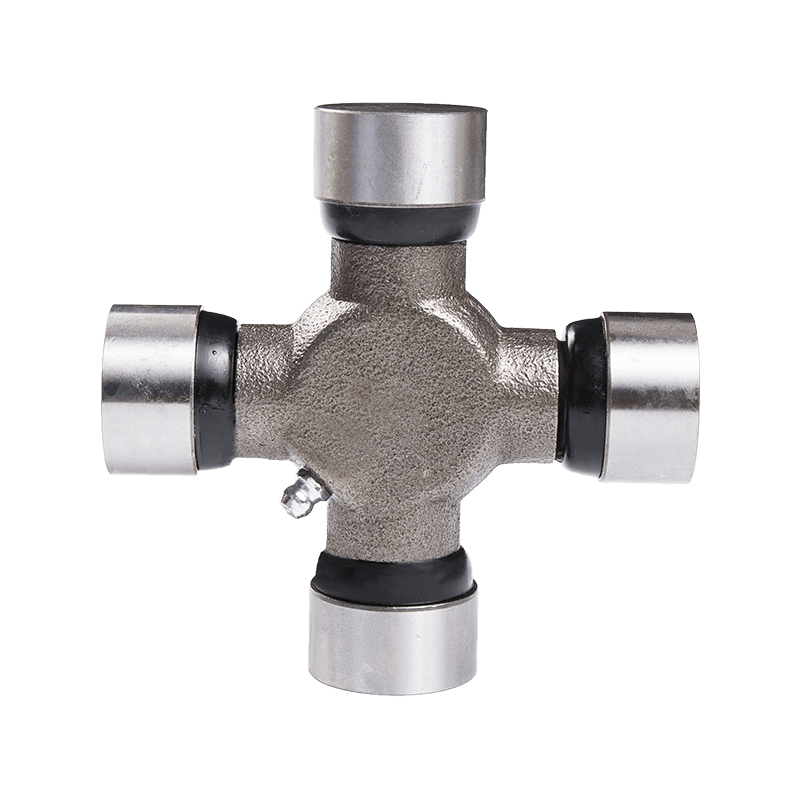

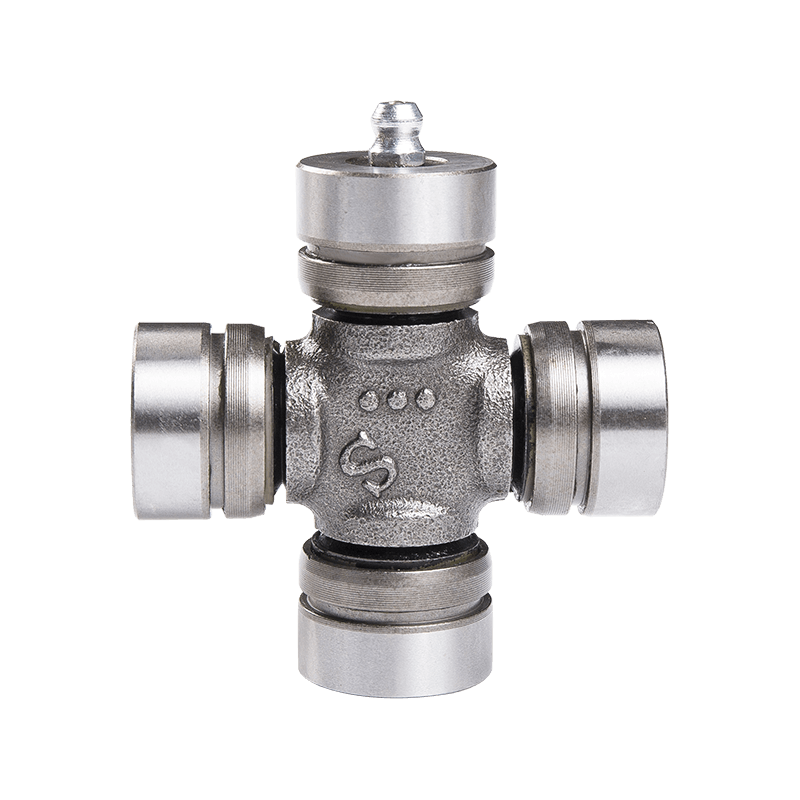
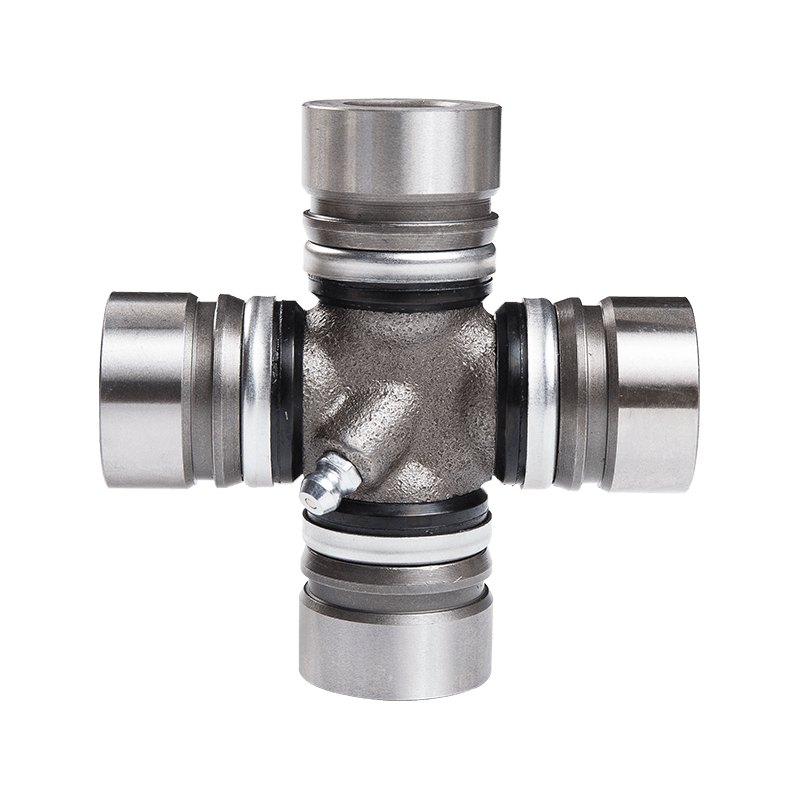
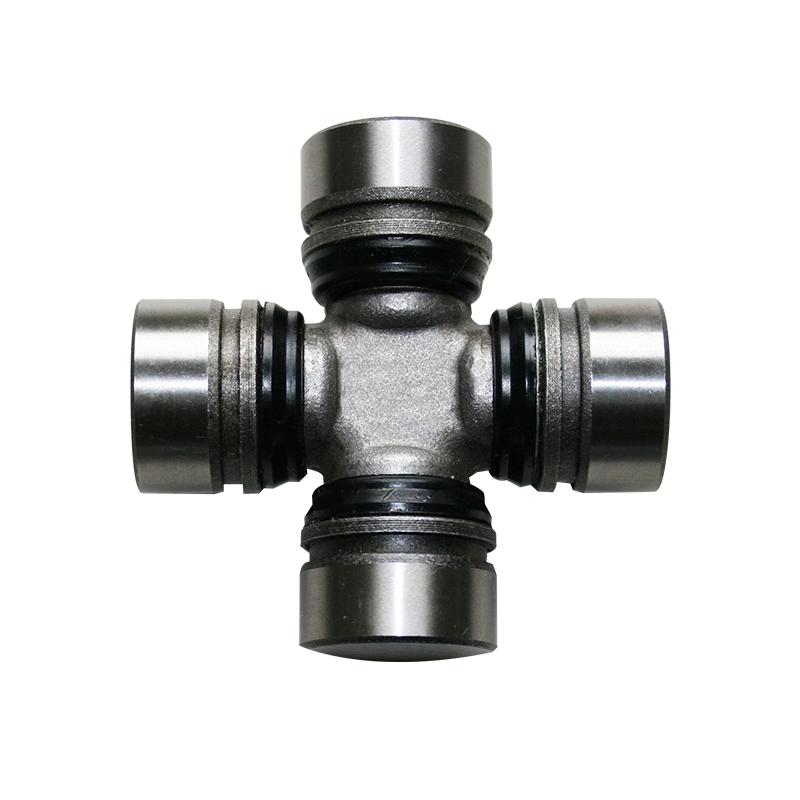

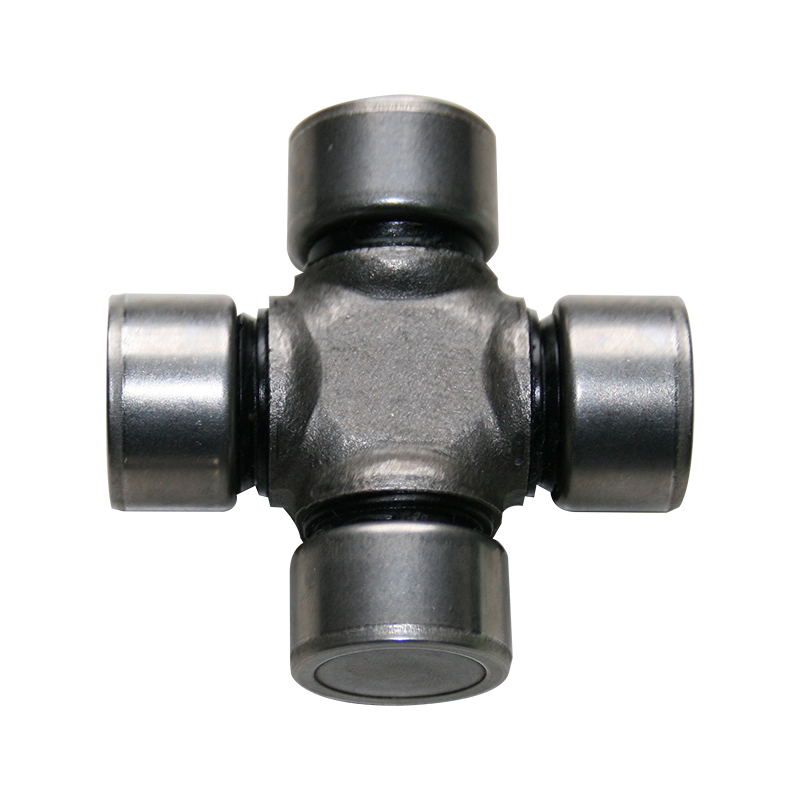
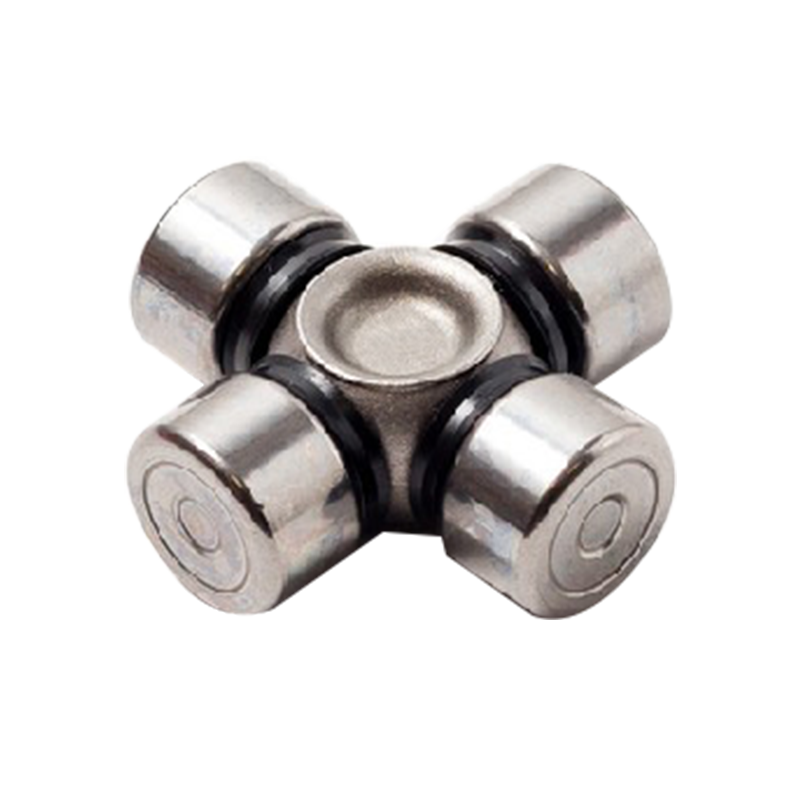
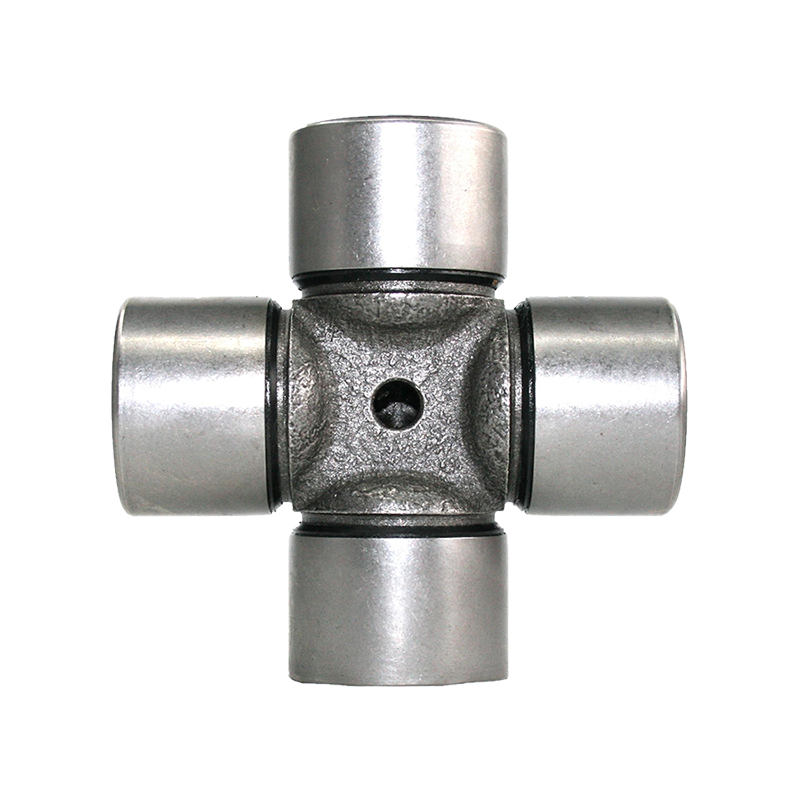

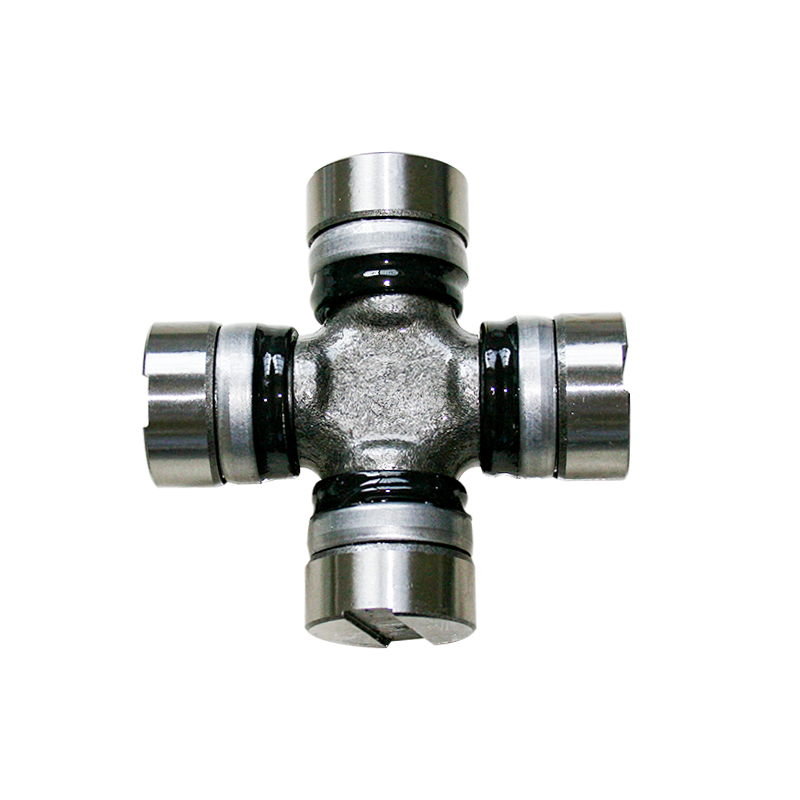




Contact Us